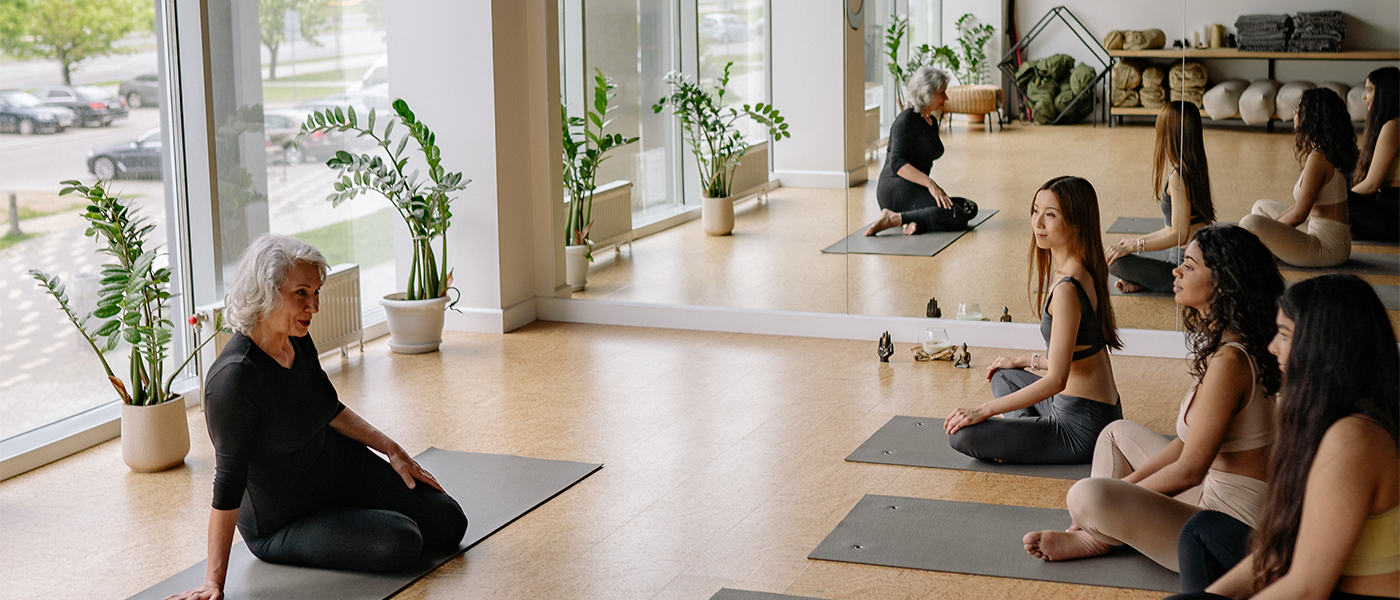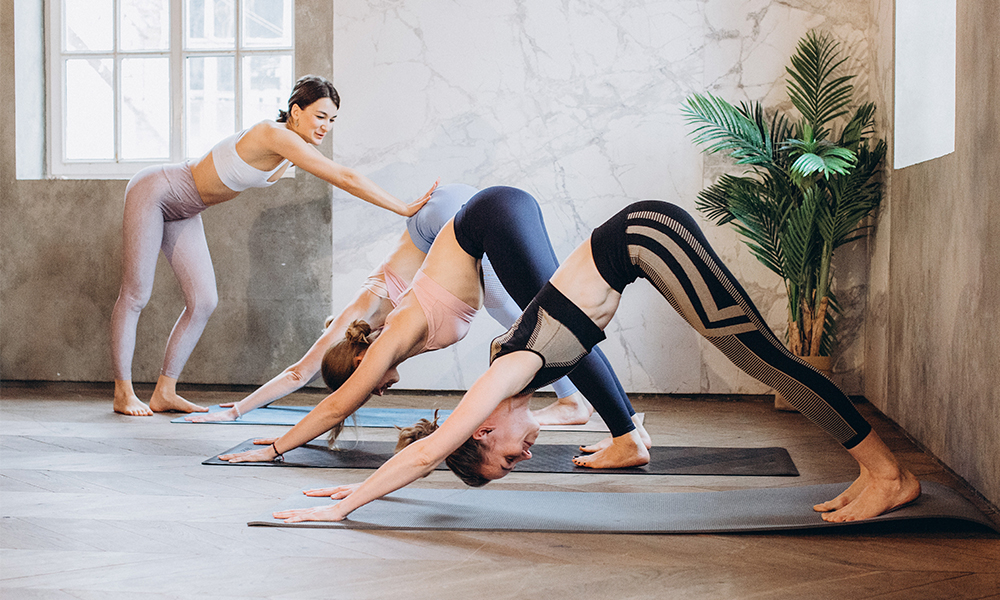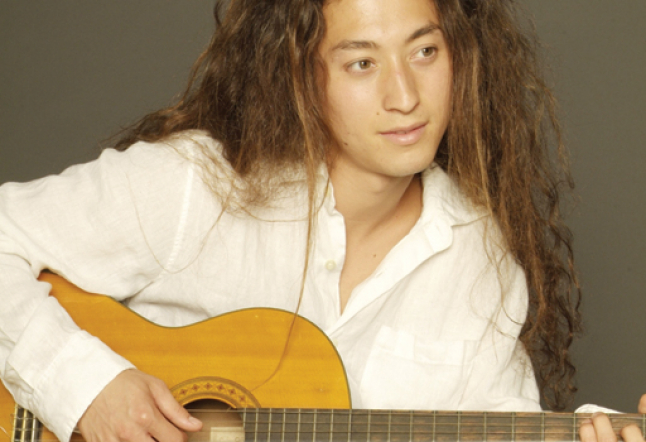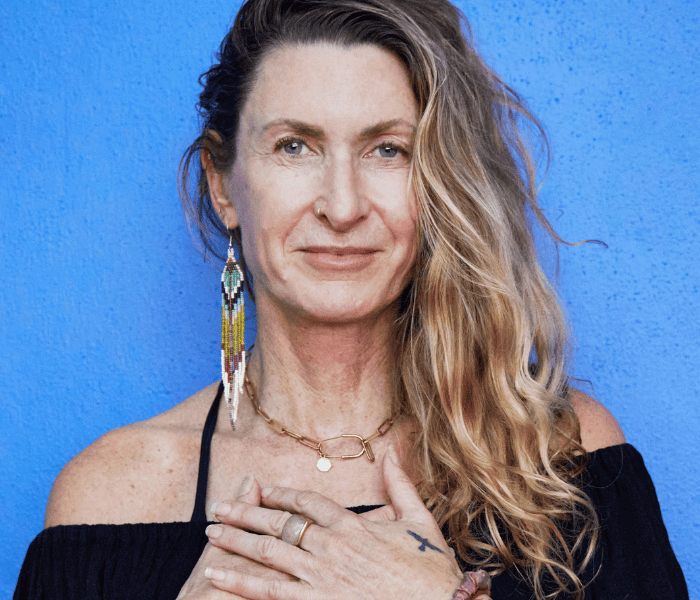Dating a Yoga instructor: navigating teacher-student relationships and boundaries

Teacher dating student: Can teachers date students in Yoga?
Dating a yoga instructor can be an intriguing yet complex experience, especially when considering the dynamics of a teacher-student relationship.
The concept of boundaries is crucial in any such scenario.
Whether you’re a yoga student dating a teacher, exploring the idea of dating a yoga instructor, or questioning if teachers can date students, it is essential to understand the boundaries that come into play.
Boundaries in relationships, particularly in the context of teacher-student dynamics, often vary based on personal upbringing and individual experiences.
When boundaries are not clearly defined, they can lead to complications, especially in scenarios where a yoga teacher is dating a student.
Some individuals wait until discomfort arises before setting boundaries, while others prefer to keep strict limits to maintain a sense of safety and control.
In this article, we’ll explore the challenges and considerations around teacher-student relationships, whether in yoga or other contexts.
We’ll also delve into why it is important to navigate these relationships with mindfulness and care to maintain a healthy balance.
Yoga student teacher relationship
Our understanding of personal boundaries factors into many of our decision-making processes.
As yoga teachers involved in the instruction of an implicitly physical, often intimate and energetically charged practice, the dynamics of our relationships with students can be fraught with potential complications, making setting boundaries of paramount importance in cultivating a healthy, thriving student base.
The art of setting and defining boundaries between yoga teachers and students
One of the most common yet complicated questions teachers must address is: When is it appropriate to become friends, or even more importantly, become romantically involved with students outside the studio?
Context is Key Boundaries can be physical, psychological, emotional, financial or energetic.
They change depending on context. For instance, it may feel good when a lover holds your hand and gazes into your eyes, but if the cashier at the grocery store does that while handing you back your change, that’s a different story.
If you go to the dentist and he asks you to remove your shirt so he can massage your shoulders, you’d probably walk out in a huff.
But if you are getting a massage or acupuncture treatment, that request is perfectly normal coming from someone you’ve just met. In general we don’t allow strangers to have prolonged physical contact with us in public.
I had a male chemistry teacher in high school who would come over and touch the girls’ shoulders during exams; we all thought he was creepy, and eventually he got reprimanded and almost fired.
In a yoga class, however, it is considered perfectly OK to be touched by a total stranger, as long as that person is the yoga teacher and not the guy next to you.
Think about it. In what other setting would you allow someone to grab your hips to lengthen your spine or spiral your inner thighs in the right direction?
None. Yoga teachers. even those in an online yoga school are in an incredibly unique position within a unique context. We can waltz into someone’s very personal and intimate space and engage with them verbally and physically without getting their explicit consent.

During a yoga class, people are connecting to their bodies and feeling good in a safe space. A fellow yoga teacher once pointed out to me that most people might not even feel this way during sex with their partner!
The experience students are having in our class is a powerful one. Our role in this is not to be taken lightly.
Boundaries and Power During a yoga class, we, as teachers, hold the more powerful position in relation to the students.
We can walk over to them and touch their bodies; we get to speak for 90 minutes and not have anyone interrupt us to disagree or question us.
We say, “lift your leg,” and they do it. We even tell people when to inhale and exhale. So when one of your students asks you to have lunch after class, it is very different from someone you met at the grocery store asking you to do the same thing.
Also Read>>> How to Choose Your Yoga Teacher.
There is no concrete rule that says that we should automatically say no to the student and yes to our grocery store acquaintance.
But it is important to be cognizant of the context and the power dynamic that exists when making the decision and to recognize that the situations differ substantially.
Consider these scenarios:
1. A student has been taking your class off and on for several years.
This person feels that you have impacted his/her life deeply and has expressed gratitude to you in the past for being such a great influence.
One day, she/he asks you to go to dinner. You sense their motivation is a romantic one; you have always felt a bit attracted to him/her.
2. A student shows up to your class for the first time.
Instantly you feel a mutual attraction. After class you speak for a few moments and find that both of you have a passion for modern art and have been eagerly waiting to see an exhibit that debuts the following week.
The student asks you to join him/her on opening night. Did the first scenario have more “red flags” than the second?
Probably. In the first scene a clear power dynamic has been established, so more care has to be exercised than in the second scenario.
Yet things are not always black-and-white. What if the person in the first scenario was your roommate’s best friend whom you also had seen socially outside of the classroom?
What if that person stopped taking your class for a year and asked you out when you bumped into each other at the coffee shop? What if the intention was not romantic?
Each situation will have its own implicit intricacies and complexities. In order to maintain appropriate boundaries, a teacher must exercise clear and conscientious judgment, always taking into account the well-being and potential danger that could result from the choice.
Ethical Considerations In the field of psychotherapy, there are very strict rules about befriending clients or getting romantically involved with them.
According to current regulations, a therapist can befriend a client one full year after termination of therapy with them; a therapist can become romantically involved with a former client two full years after terminating the therapeutic relationship.
Currently there are no clear ethical standards set for yoga teachers. Standards may differ from one individual situation to the next.
Male teachers, for example, are generally faced with different challenges than female teachers.
This is partly due to the fact that the majority of participants in a public class are female and to the nature of male-female dynamics within our current society. Varying sexual orientations among students and teachers can lend further complexity to these dynamics.
Through my experiences facilitating a yoga teacher support group, I have found that when we discussed intimate and sexual boundaries, male teachers expressed concern about being respectful and mindful when they found female students attractive.
They were very careful about how they gave adjustments and with what intention they performed them.
The female teachers, on the other hand, weren’t overly concerned with “inappropriate” or sexual energy toward their students, even their male students.
As women, they felt more free to adjust and make contact without sexualizing or intimidating students of either sex. Regardless of the gender of the teacher, it is important to maintain a boundary of professionalism and respect that honors the fact that individuals come to yoga to heal and receive guidance in a safe and non-invasive environment.
As much as possible, the yoga room should remain a neutral space, not one where the teacher is engaging students beyond his/her role or beyond what the students are showing up for.
Exceptions Although neutrality is one standard to hold, there are many yoga teachers who successfully befriend their students and socialize with them outside the studio. Sometimes this can be very healing for both the student and the teacher.
Krishnamacharya says the best kind of teacher is actually a good friend.
However, it’s important that teachers remain clear about the nature of the relationship dynamic that exists with students and are consistently watching out for unhealthy power dynamics.
If there is an even (peer-to-peer) dynamic, healthy friendships between teachers and students are possible. Consider this scenario: A teacher went out to dinner after class one night with a student. The teacher and student agreed that they had a nice time.
The following week, the student asked if they could have dinner again, but the teacher had a private client after class and couldn’t. Unbeknownst to the teacher, the student waited at the studio for 90 minutes until the teacher was finished with the private student, hoping to get together.
The following week, the student waited for an hour after class for the teacher to finish some administrative tasks at the studio, even though the teacher had clearly asked the student not to.
The teacher began to feel uncomfortable with the student’s behavior and eventually had tell the student that it wasn’t a good idea for them to be friends outside of class.
Before the teacher loosened the boundary and had dinner with the student, the boundaries of the relationship were very clear. Once class was over, their relationship ended until the next class. Once they had dinner, it opened the door for confusion and misunderstanding, and the student’s expectations of the teacher changed. Do You See a Pattern?
One way for teachers to assess whether there are holes in their ability to create appropriate boundaries is to notice any repeating patterns in their interactions.
If you constantly have students proclaim their love to you (or you to them), or if you notice that all of your friends are students who idealize and idolize you, then there might be some unconscious (or conscious) dysfunctional motivation that you bring to your teaching. Repeating patterns can point to unresolved issues that need to be addressed.
Being a yoga teacher means engaging in serious self-inquiry. If not, we allow our unconscious needs to fuel our process.
The main purpose of a teacher is to be of service to the students. If a teacher’s behavior is only self-serving, the teacher is not acting with integrity.
In general, we are not teaching yoga to find new friends or a romantic partner. If those things happen to occur, it isn’t necessarily bad. Yoga teachers are people too, and we will often find ourselves drawn to other yoga practitioners.
Again, it all boils down to acting appropriately, sensitively and ethically within the context of the given circumstances.
What to Do?
There is no clear-cut answer to the question of when it is appropriate to befriend or date a student.
The best thing we can do when assessing situations that ask us to push our boundaries (whether it means firming them up, loosening them or keeping them the same) is to be as ruthlessly self-honest as we can.
Here are some questions that when answered honestly, can help us make the best assessment possible:
1. What do I think this person’s motivation is?
2. What is my motivation?
3. What is the part of me that wants to change this boundary?
4. What is in the best interest of my student? Sometimes befriending someone because they are in need ends up being counterproductive.
Clear boundaries help people feel safe and contained. In the area of psychotherapy, part of what makes the therapeutic relationship a safe one is that clients know the limits of the relationship.
To Depart
When it comes to dating a yoga instructor or navigating a teacher-student relationship, understanding and respecting boundaries is key.
These relationships should be approached with care to prevent complications that can arise from blurred lines.
Whether it’s a teacher dating a student or navigating the boundaries of dating a yoga instructor, clear communication and mutual respect are crucial.
In the end, the simplicity of clearly defined boundaries allows both the teacher and student to focus on the essence of the relationship, whether professional or personal, without unnecessary complications.
By maintaining these boundaries, both parties can enjoy a balanced, healthy connection that respects the original intent of their roles.
Hala Khouri has a master’s degree in psychology and a doctorate in clinical psychology. She has been teaching movement and yoga for over 20 years. She teaches nationally and locally in Los Angeles, and has a private practice in Venice, Ca. – halakhouri.com
Read next >> How to create a powerful first impression online




